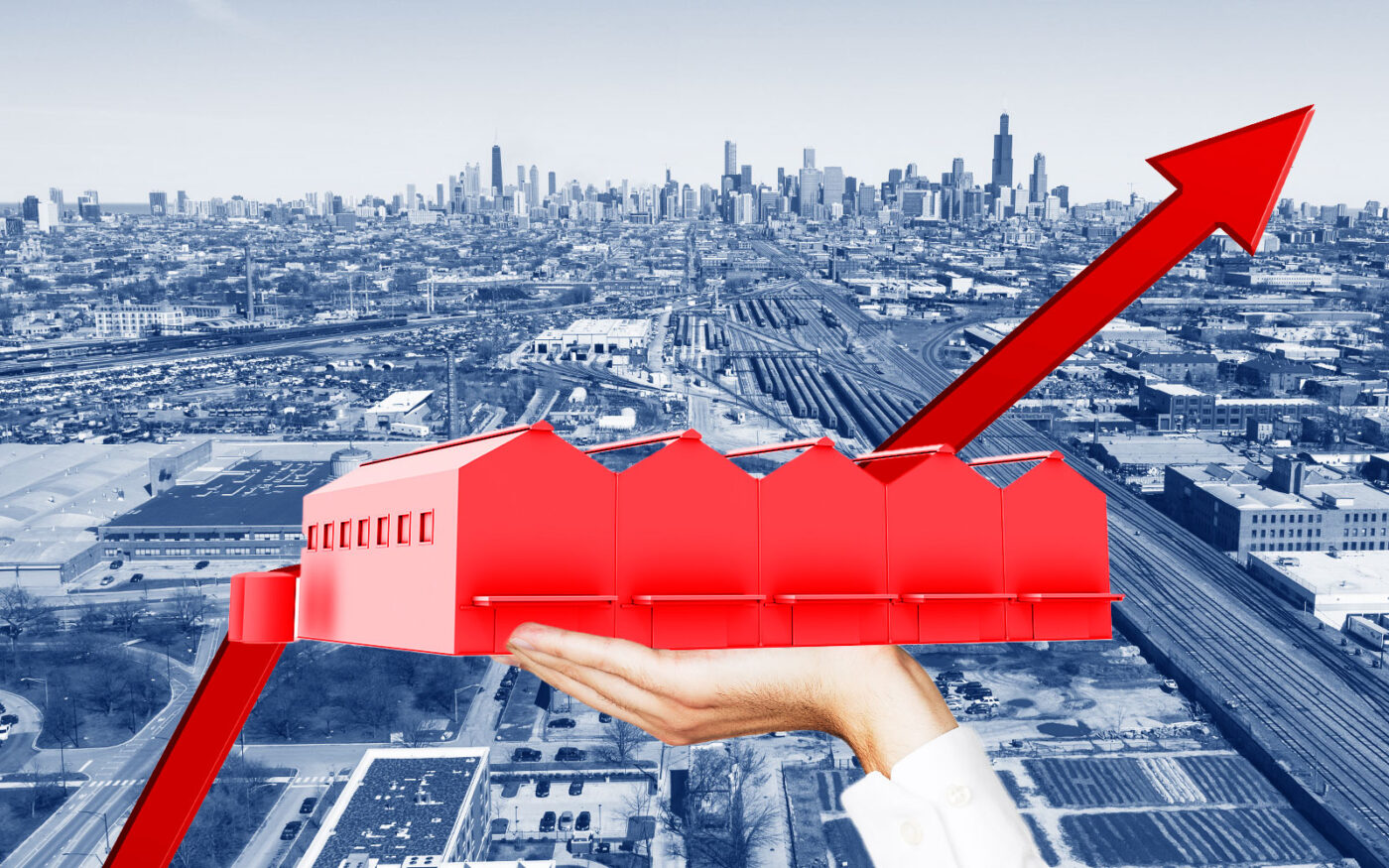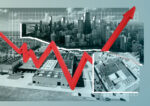
Trending
Chicago warehouse vacancies creeping up
Up 0.08 percent from third quarter, 0.75 from record low in 2022

Warehouse vacancies in Chicago continue to creep up after falling to a historic low at the end of 2022, but the city’s industrial sector could be poised for a bounce-back year.
Warehouse vacancies rose to 5.25 percent in the fourth quarter, up from 5.17 percent in the previous quarter, Crain’s reported, citing Colliers International.
The steady uptick in available warehouse space can be attributed to a slew of industrial developments initiated in response to a rise in e-commerce following the pandemic.
The unprecedented construction boom resulted in the addition of over 40 million square feet of industrial space last year, outpacing the previous annual record. However, demand waned as companies cautiously assessed economic uncertainties, leading to a 35 percent drop in net absorption compared to 2022.
Of the warehouse deliveries in 2023, a staggering 82% were speculative, indicating that developers embarked on construction without pre-secured tenants. This influx of spec development, coupled with a slowdown in demand, posed challenges for industrial landlords, potentially weakening their negotiating power.
Despite these headwinds, recent consumer data hints at a potential increase in industrial leasing activity, driven by an improved economic outlook.
“People are recognizing that inflation is probably not going to [worsen]. We’re not going to have a recession, and consumers’ purchasing power is improving,” Colliers’ David Bercu told the outlet. “That leads warehouse [tenants] to increase their inventories, because they feel more bullish about consumer demand.”
Forecasts indicate that Chicago’s industrial vacancies could continue to rise this year, with 10.7 million square feet of speculative projects expected to be delivered in the first half. However, the prospect of an economic “soft landing” and a rebound in demand could help mitigate the impact of this increased supply.
While overall leasing activity declined in 2023, demand from major users remained strong. Notably, 10 leases of more than 500,000 square feet were signed during the year, including three exceeding 1 million square feet each, the outlet said.
Chicago’s commercial real estate scene struggled in 2023, as industrial property sales in the area dropped by 50 percent year-over-year. This decline reflected challenges such as high interest rates, tough lending standards and overall economic uncertainty.
—Quinn Donoghue
Read more







